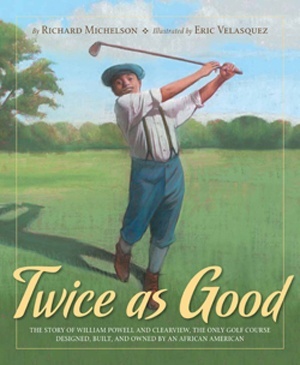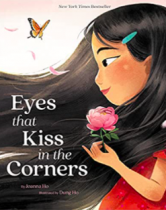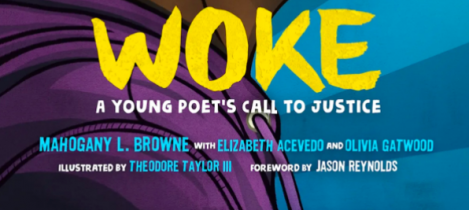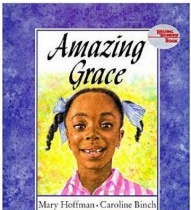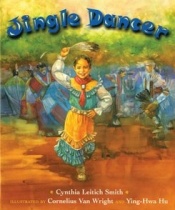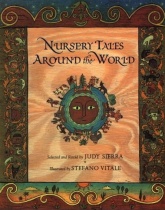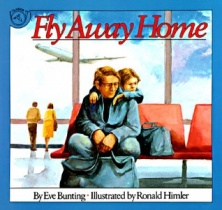Evaluation
The illustrations in this picture book are absolutely beautiful. The oil paint creates unique shadows, lines and textures visible on the fabric of the shirts and trousers that the golfers wear. The style of clothes as well as the earthy textures of green and brown interwoven throughout the landscapes creates the feelings of an “older era.” The emotions of happiness, sadness, delight, despair and contentment are perfectly painted into the faces of the characters creating a realistic mood. In many ways this book reminded me of the movie “The Legend of Bagger Vance” and its message of hope, dreams, and fulfillment.
I loved the way in which this story presents racism through the interactions of the golfers. You have the men on the golf course who tell Willie that he can’t play because he isn’t “their kind.” Yet, you also have gentleman like Dr. Casey who provides Willie’s mother with a job and allows Willie to golf beside him and the single man who gave Willie a caddying job years prior. This is one of the first children’s books I have read that creates a balanced viewpoint on segregation in the civil rights era. Although there were many individuals who mistreated the African Americans, there were many individuals who treated them with kindness and respect. It is important for our students to acknowledge that there were two sides to this issue.
Throughout the novel, Willie is not always successful. However, after every downfall he pulls himself up and convinces himself that he will just have to try three times as hard as the average man so his voice is heard. He raises his daughter by this same principle and tells her that she can do anything and be anything if she words twice as hard as anyone else. My favorite part of the story is when Mr. Willie finally completes the Clearview Golf Course and a man asks him “Is this course for the colored or can I play too?” Mr. Willie responds with a smile, “This is America’s course. The only color that matters here is the color of the greens.”
Although many teachers spend one or two days on multicultural books such as “Martin Luther King” to celebrate Martin Luther King Day, many teachers ignore other influential African American heroes and heroines. I have never once heard of Willie before reading this novel and I am somewhat ashamed that I haven’t. I refuse to be the teacher who ignores the critical issues of racial segregation. I think that for every story read about a Caucasian hero, there should also be a read aloud involving an African American hero. There are so many opportunities to discuss culturally prominent figures in history and it starts right now in our preschool, kindergarten and first grade classrooms
